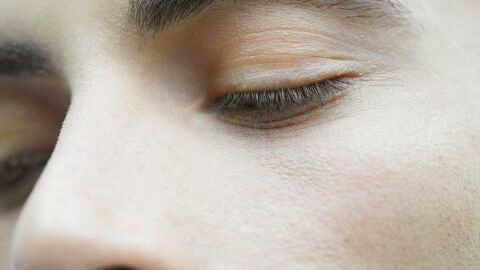Temperatures are high and your skin might not like it. You could be one of the 10% to 15% of the UK population that experiences a condition called polymorphic light eruption, NHS estimates show. What do you know that inasmuch as you like the sun, the feeling may not be mutual?
Discover our latest podcast
What is sun allergy?
Sun allergy refers to a range of skin conditions triggered by exposure to the sun, Mayo Clinic explains.
Sun allergy is a term often used to describe a number of conditions in which an itchy red rash occurs on skin that has been exposed to sunlight.
Polymorphic light eruption, also known as sun poisoning is the common form of sun allergy. It is a rash that appears on the skin after exposure to sunlight or artificial ultraviolet light, according to the NHS.
The rashes tend to be itchy or burning and would usually appear on the parts of the skin exposed to the sun. Interestingly, the face is not as affected as the head, neck, chest or arms. People with lighter skin tones, women and those with underlying skin conditions are more prone to react this way to the sun.
Sun poisoning is more common in people between the ages of 20 and 40, although children could be affected too.

Symptoms
The way sun allergy shows up on the skin is largely dependent on the cause, according to the Mayo Clinic. However, the signs common among most people who have this condition include:
- Redness
- Itching or pain
- Tiny bumps that may merge into raised patches
- Scaling, crusting or bleeding
- Blisters or hives
Symptoms of sun allergy may range from mild to severe depending on period of sun exposure. The NHS says:
Sometimes as little as 20 minutes of sun exposure is enough to cause the problem, and it can even develop through thin clothing or if you're sitting near a window. But for most people with polymorphic light eruption, the rash develops after several hours outside on a sunny day.
Although rarely severe, it is recommended to see a dermatologist if the symptoms persist.
Read more:
⋙ Sun poisoning: When tanning goes wrong
⋙ Sunburn: Here's what you should never do after getting sunburnt
⋙ Sunglasses: Wearing cheap glasses can be harmful for your eyes, doctors warn















